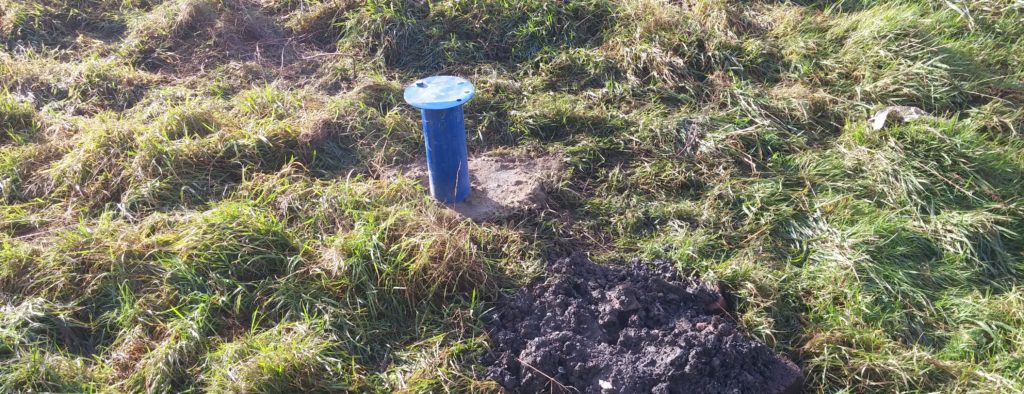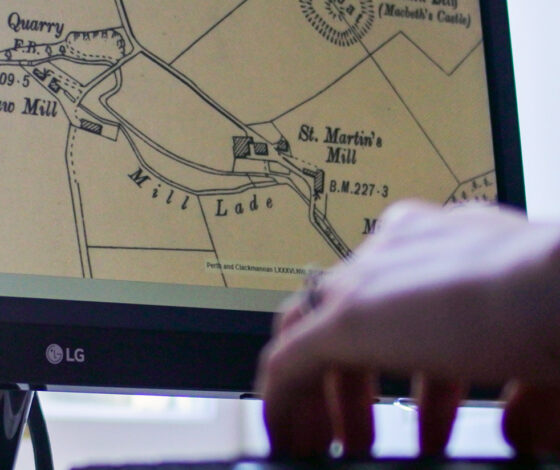Phase 1
Phase 1 involves a desk study which reviews records, such as old maps and historical photographs of the site and neighbours to determine if there are any potential sources of contamination at the site that require investigation. This Phase may also include a site walkover visit by a geotechnical engineer, who will look for potential signs of current or historical sources of contamination such as staining, asbestos containing materials, fuel tanks or scarring of ground indicating buried pipework.
Phase 1 typically concludes with a Preliminary Risk Assessment (PRA) which qualitatively assesses potential risks to potential receptors (e.g. humans, groundwater, or buildings), via potential exposure pathways (e.g. migrating through soils). You’ll notice the use of “Potential” a lot in that last sentence, there will likely be many unknowns at this point of the investigation, but that’s where Phase 2 comes in…
Phase 2
Phase 2 involves works at the site to physically investigate the soils (and other media, as appropriate) to determine whether the potential contamination sources and exposure pathways identified at Phase 1 are actually present. It is also good practice to undertake more widespread works to help rule-out contamination that may not have been highlighted in the Phase 1. Such works typically involve the drilling of boreholes or digging trial pits to take soil and water samples for laboratory testing.

This phase can often encompasses collecting geotechnical information to inform building foundation design.
If potential contaminants are identified in laboratory testing, then the Phase 2 will typically include a quantitative risk assessment to determine whether such levels of contamination pose a potentially unacceptable risk to receptors. Where risks are deemed acceptable, the site investigation will typically end, but where unacceptable risks are found, further works are required…
Phase 3
Phase 3 involves designing a strategy to carry out remediation of any contamination assessed to be unacceptable. Once such remediation has been undertaken, verification is required to ensure that the required goals of the strategy have been achieved and that any residual contamination levels are now considered acceptable. This Phase is not required if no unacceptable risks from contamination have been identified.
2021
Phase 1 Desk Studies / Preliminary Risk Assessments
Do you want an insight on Phase 1 Desk Studies / Preliminary Risk Assessments for Contaminated Land? This eBook has been written specifically for those new to contaminated land and provides an overview for the uninitiated of what steps you need to follow.
2021
Phase 2 Site Investigations
Do you want an insight on Phase 2 Site Investigations? This eBook has been written specifically for those new to contaminated land and provides an overview for the uninitiated of what steps you need to follow.



